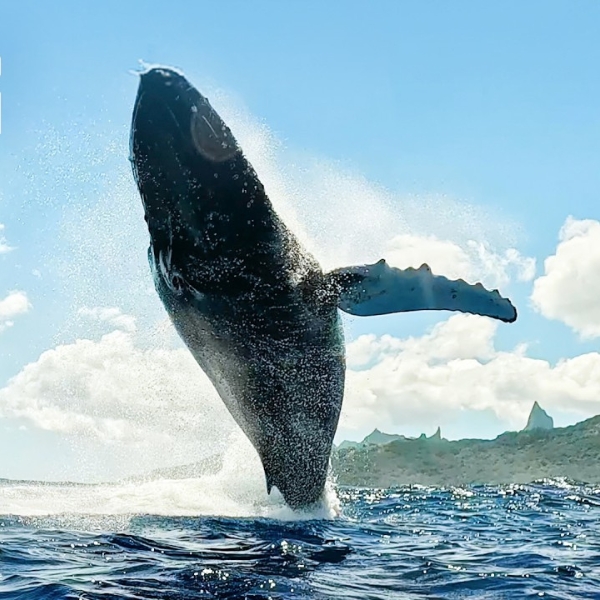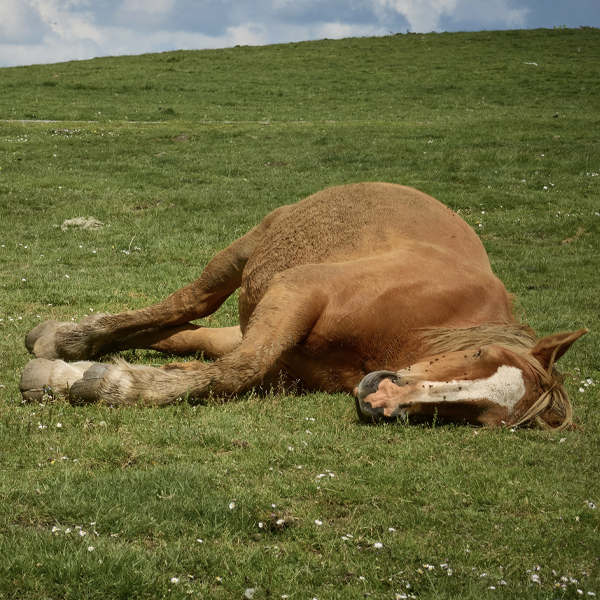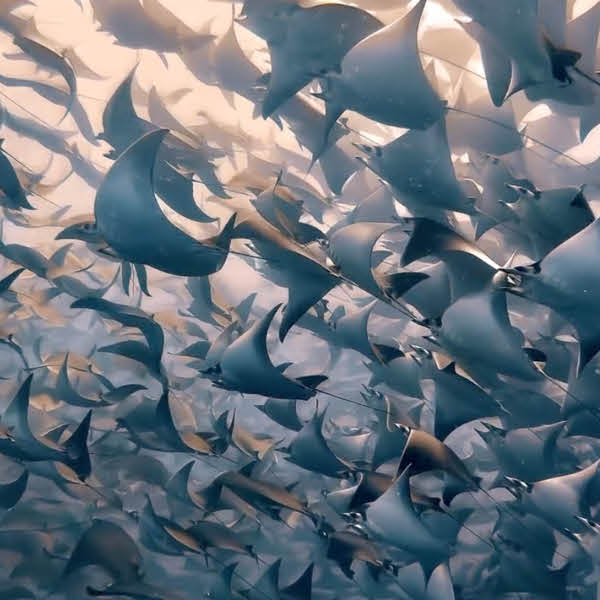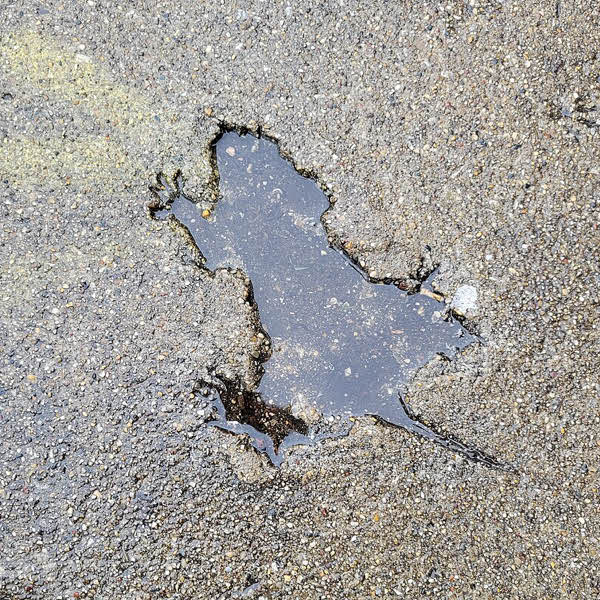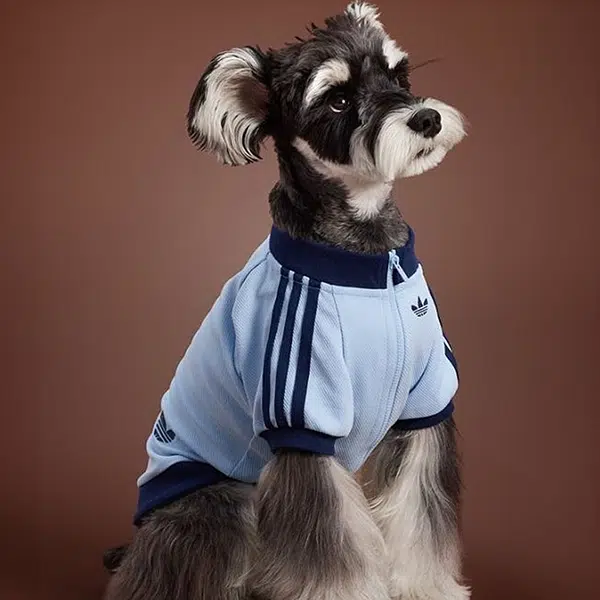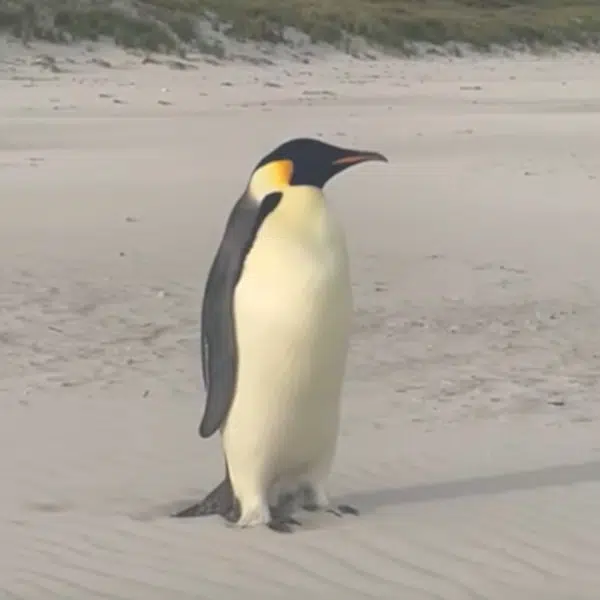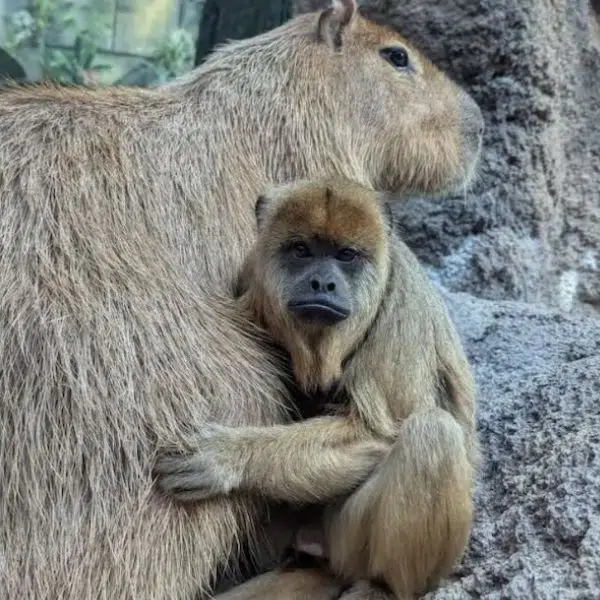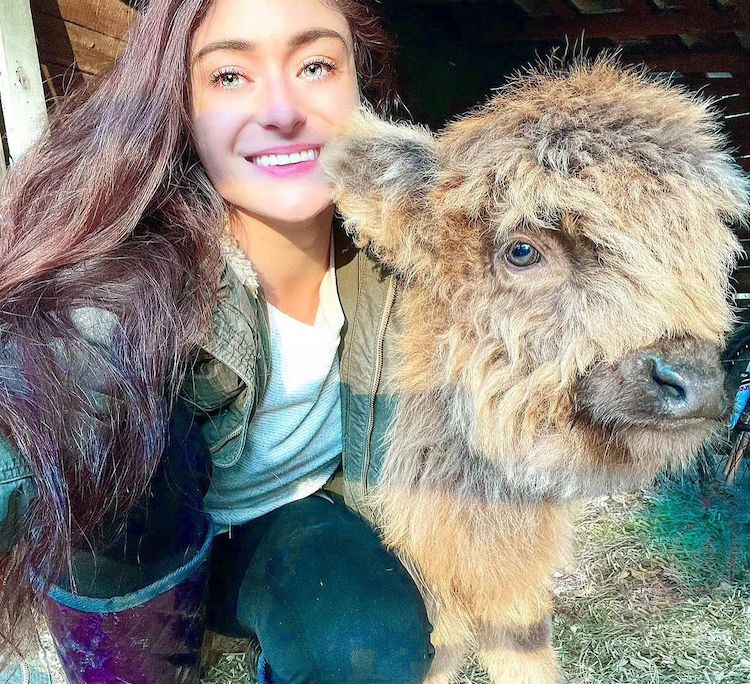
This post may contain affiliate links. If you make a purchase, My Modern Met may earn an affiliate commission. Please read our disclosure for more info.
Sadly, many animals suffer difficult lives that are full of neglect and even abuse. But luckily, there are kind souls out there who are dedicated to helping creatures in need. Adri Rachelle is one of those people. She’s the founder of the Wild Things Sanctuary, a non-profit animal rescue in Georgia. Rachelle has spent years creating the perfect environment for displaced animals to thrive, and she now lives with around 200 of them!
Rachelle’s lifestyle looks like an animal lover’s dream, but her job isn’t easy. She dedicates countless hours and tens of thousands of dollars each year to keep her animals happy and healthy. But she wouldn’t have it any other way. Her love for each creature is what drives her to keep going, and she shows no sign of slowing down. From horses and cows to reptiles and birds, Rachelle welcomes any animal—big or small—into her heart and home.
We recently caught up with Rachelle to ask her more about Wild Things Sanctuary. Read on for My Modern Met’s exclusive interview.
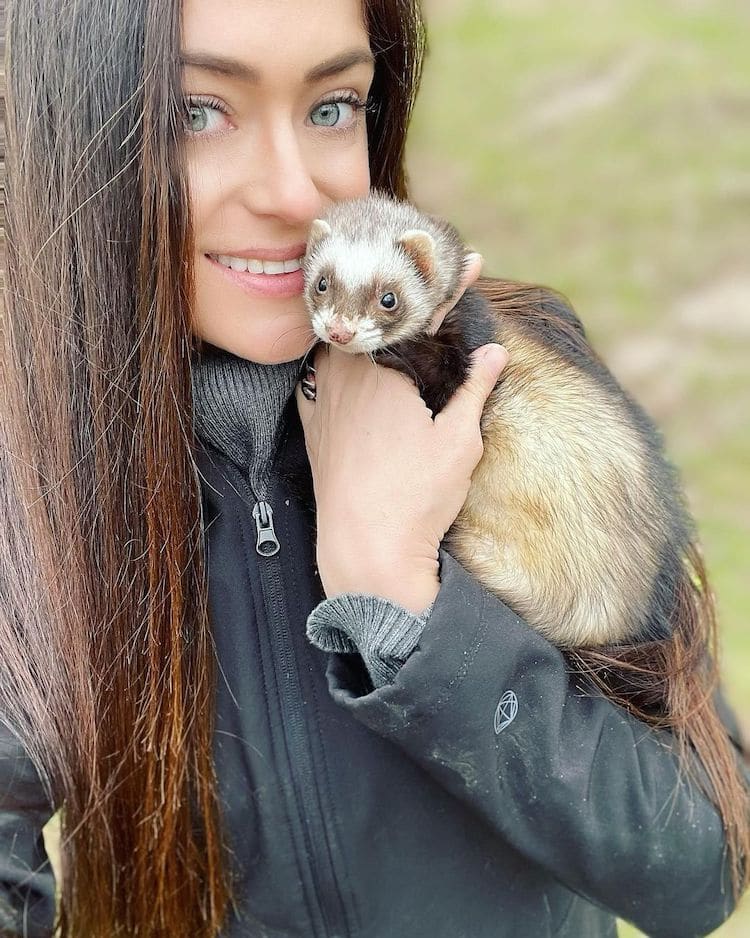
Have you had a lifelong love of animals?
I’ve been taking in animals in need since childhood. I was the kid who came back home with the stray kitten I’d found, or begged my parents for the puppy at the shelter. My parents are also huge animal advocates, and they absolutely fuelled this passion in me. We had chickens, rabbits, dogs, cats, parrots, snakes, lizards, guinea pigs, hamsters, and chinchillas!
How did you first start Wild Things Sanctuary?
My efforts really started to escalate several years ago, mostly by accident. I got more involved in local rescues, I started opening my doors to all kinds of animals, and it became clear I wasn’t able to maintain my efforts without help. So, with a lot of encouragement from people around me, I founded Wild Things Sanctuary. I quit my day job, sold my small farm to get a much larger one, and I started accepting donations. I had the time, space, and means to not turn away animals.
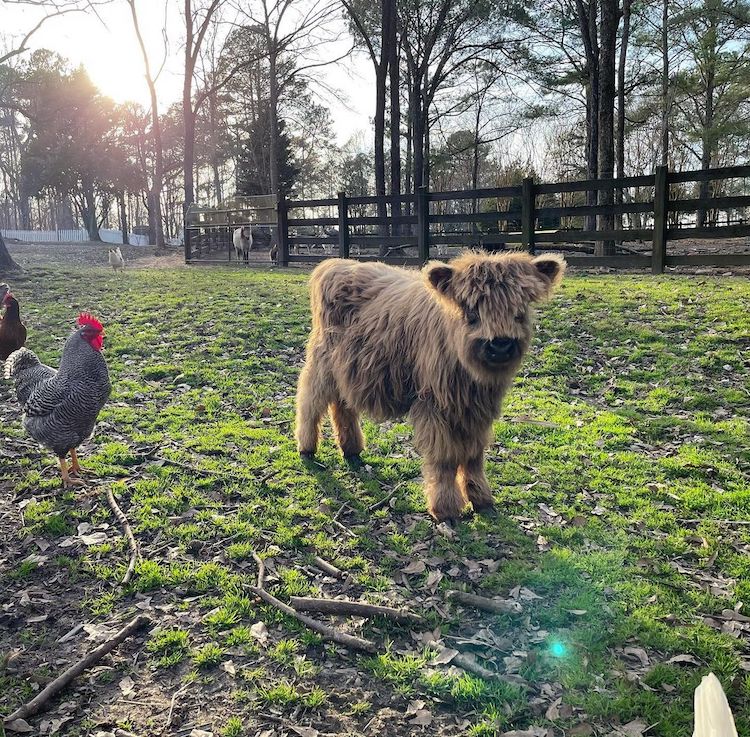

What was the first animal you adopted?
While nearly every animal I’ve had in life was adopted, there were a few rescues that really solidified this path for me. One of the first was a senior draft horse. He had been worked very hard his whole life and hadn’t known affection or any human care beyond the bare minimum to keep him alive and working. I took him in at a very advanced age and worked to heal his open wounds, help him gain weight, got his overgrown hooves trimmed, and watched him flourish. In the short time I had him, he became a completely different horse and the relationship we developed really sparked something in me.
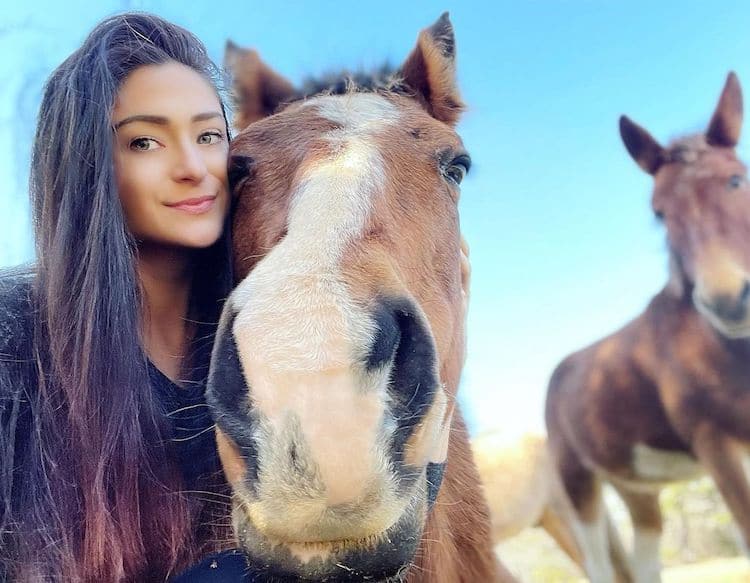
Can you tell us about all the different types of animals you currently have?
I started getting more involved in horse rescue, having previously been an active dog and cat rescuer. That branched out into pigs shortly after; I’d claimed them to be my favorite pet since I could talk! Next came goats, chickens, donkeys, and suddenly I was open to nearly anything. My sister joined my efforts, bringing with her a degree in zoology, experience traveling the world, and volunteering at various exotic animal sanctuaries. I now look after alpacas, emus, cows (mini, dairy, and highland), dogs, mini pigs, parrots, cats, snakes, rabbits, goats, lizards, horses, tortoises, mules, chickens, ferrets, peacocks, sugar gliders, and the list is subject to change each day. I’m working on obtaining our USDA license so that we can branch out even further and look after exotic species and wildlife.
Do you find the animals locally? Or do you search for them far and wide?
We’ve traveled the country to help animals. I don’t let the potential hours in the car dictate whether an animal is worth saving. I have had people reach out to me needing to rehome a beloved pet due to unforeseen circumstances, or people making me aware of an animal they know of that desperately needs saving. Or I’m constantly scouring the animal auctions for neglected and senior animals that need a safe spot to heal. We take in a lot of strays. Living out in the country on a dirt road means no shortage of them, and soon we hope to be a placement option for the local government when injured wildlife or illegally kept exotics need a home.
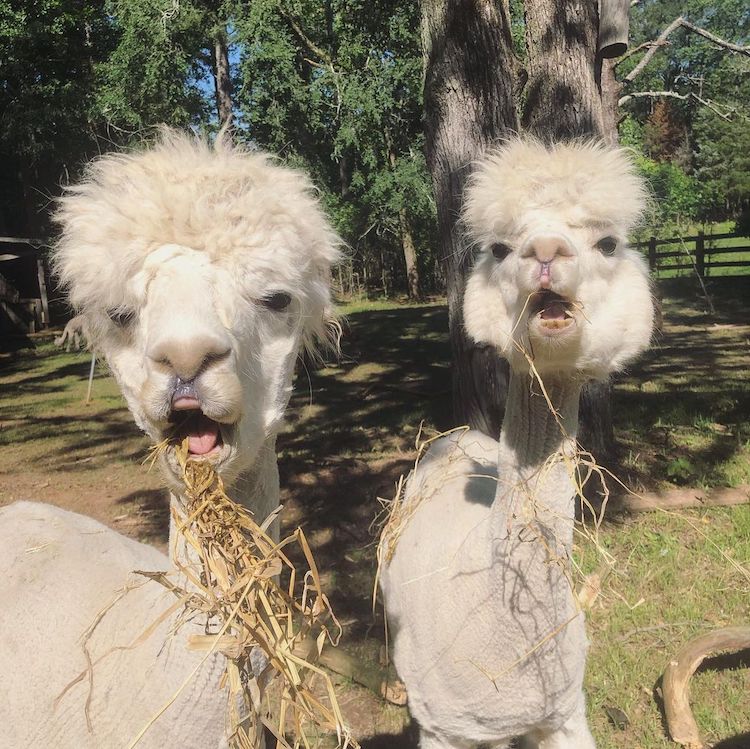
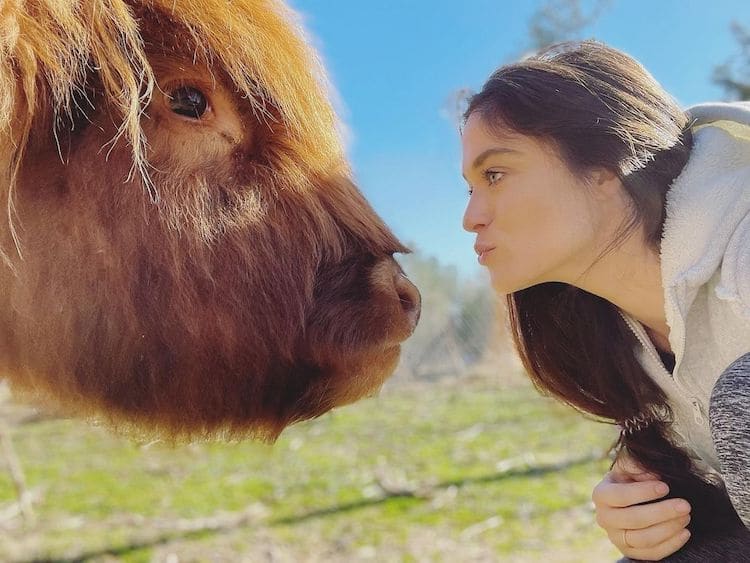
What does your average day look like?
As you can imagine, there are really no “days off” around here… there are rarely even hours off! If I sleep through a night without running around the yard in my pajamas with a spotlight to make sure everyone is tucked in and safe, it’s a miracle. I wouldn’t want it any other way though. I could fulfill all the animals’ basic care requirements (food, water, cage cleaning) in a few hours, but I want to spend all the other time I have with them also. While only some of them enjoy interacting with humans (many were either unhandled prior to coming here, or suffer trauma and trust issues), I’m happy to just sit back and watch them. Knowing they’re happy and enjoying their day brings me so much joy that it almost makes me feel selfish for doing this!
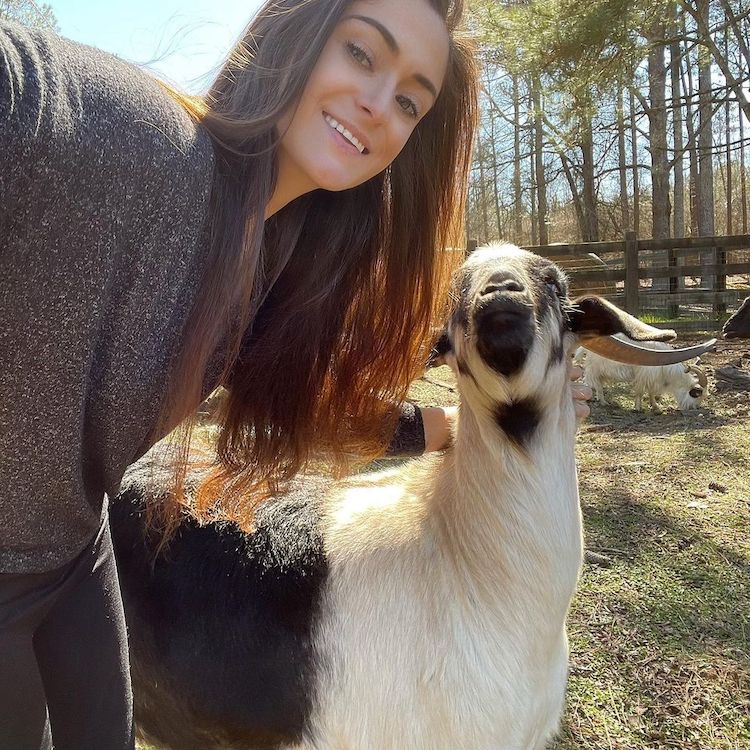
Are there any unexpected animal friendships on your farm?
I exercise a lot of caution regarding introducing different species. I never leave animals that could potentially cause one another harm alone unsupervised—no matter how much they seem to like each other. That being said, I have a baby calf that LOVED my Great Dane, piglets that follow my cats everywhere, a parrot that is obsessed with watching my ducklings, a pig that thinks it’s a highland cow, a cat that spends all its time with the alpacas, all without any encouragement from me. Animals are amazing like that.
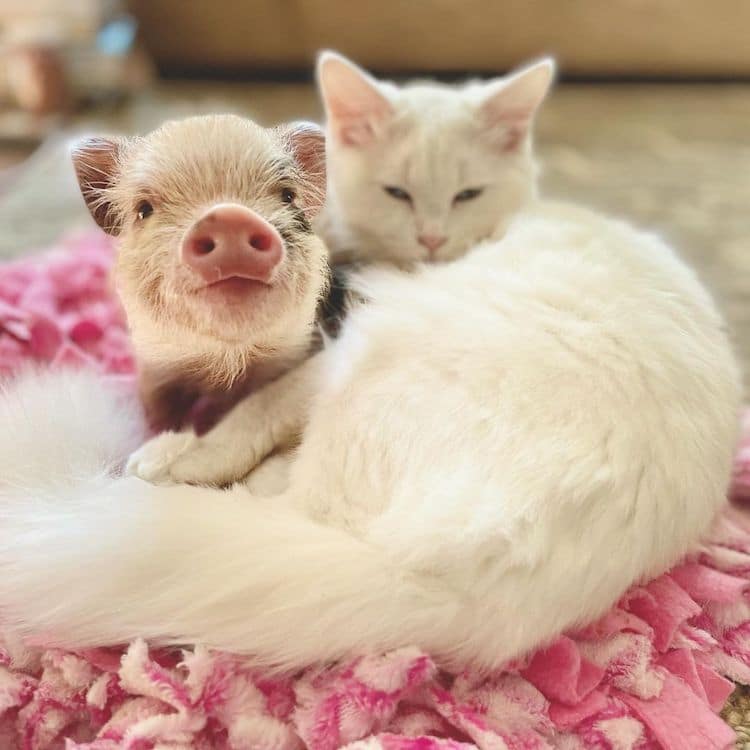
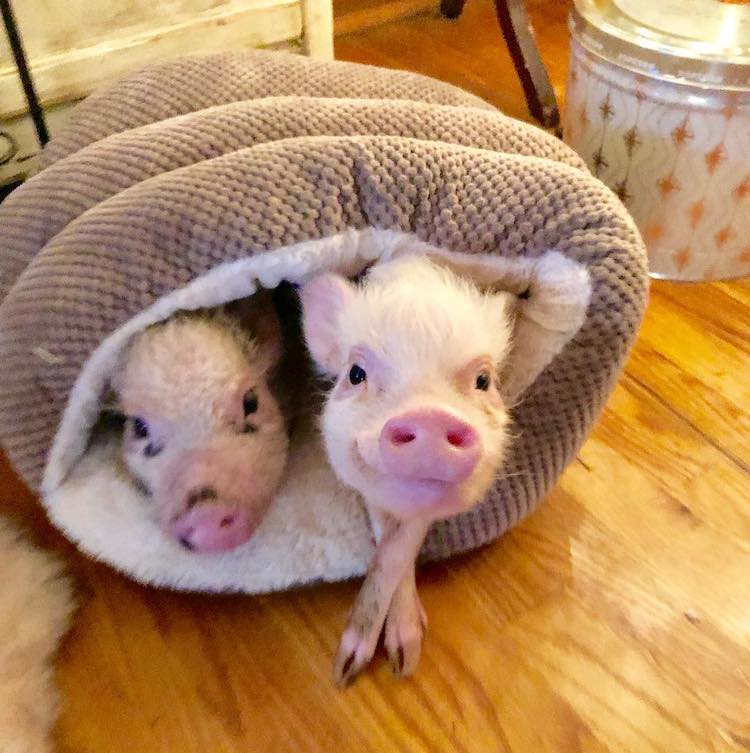
Is there any animal with a particularly inspiring story?
Right now, I’m working with a mini pig that is inspiring me every single day. She arrived a few months ago and was morbidly obese. This resulted in her being blinded by her face folds and so overweight that movement was a struggle. She spent a long time laying in a stall, so she came here with horrible muscle atrophy in her hind legs and awful skin infections all down her stomach.
Her owners wanted to do right by her but didn’t understand how or realize what was happening. The first few weeks were heartbreaking, and we knew the story may not have a happy ending. I had to create a room for her and deliver her meals and water. I would move her food a step or two away from her, so she had to rise and move some. Each day we’d go through this several times a day, hoping to get her legs moving, and we also created a weight loss plan. One day I checked on her and she’d opened the door to her room and was halfway across the pigpen with all the others, tail wagging! She still struggles with each step, but she’s also so happy and sweet. Now that it’s warmer out we’re hoping she’ll do some hydrotherapy in the pig pool and between that, her healthier size, and regular supplements, she should be with us for years to come!
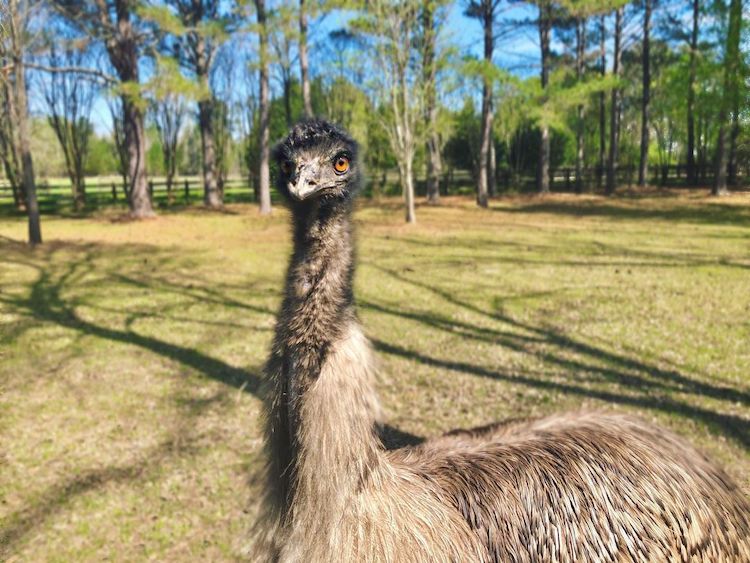
What makes your sanctuary different from others?
There are a few things that make us different from other sanctuaries. I think the first would be the assortment of animals we have. We’re fortunate to have 200 acres (and growing) as well as expertise in a huge variety of animals. While many rescues focus on a single breed or one species, if it’s alive and needs a place—we’ll help.
We pride ourselves on really going overboard with our animal accommodations. I never want to only meet the bare minimum that’s required for an animal here and instead want them to have all the space and enrichment than they could need. Obviously, this gets very expensive and time-consuming with some species, but it’s entirely worth it.
The biggest difference I’ve found between Wild Things Sanctuary and many others is that we are not open to the public. I love sharing the animal's stories and getting others involved—I keep active social media accounts and hope to start daily live streams as well. However, the amount of stress that having a constant stream of strangers in their home—staring at them—would bring just isn’t justifiable for me. Many of them are not friendly with humans (part of why they ended up here) and so it’s with their best interests in mind.
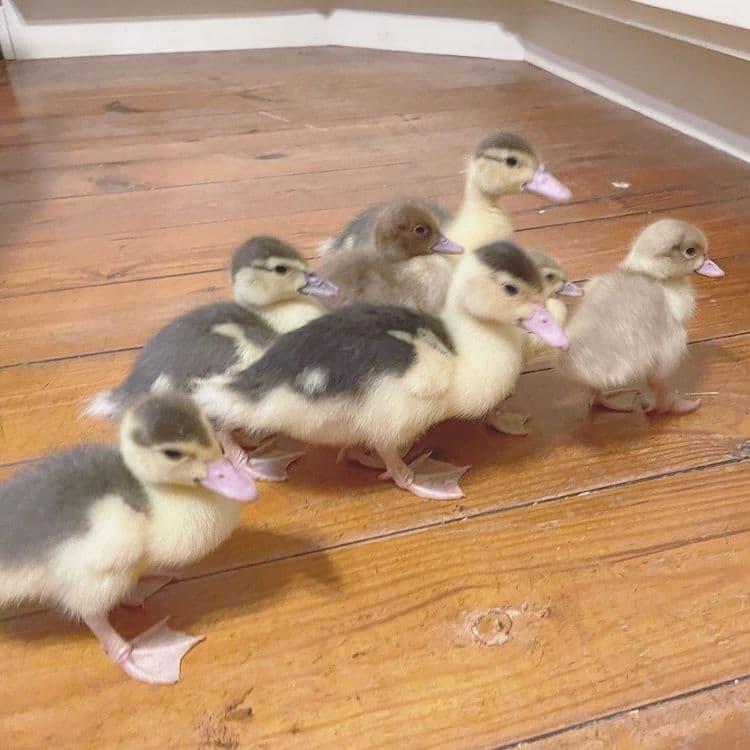
The cost of taking care of all the animals is no doubt expensive. Is there some way our readers can help?
We rely heavily on our online presence and supporters to try and maintain our high standard. We keep an Amazon wish list with items we need, so those that want to donate can send us food, gift cards for the stores we get supplies from, or even toys and treats for their favorite animals! We also have a PayPal account for monetary contributions. Otherwise, just following us on social media and sharing our story to raise awareness is incredibly helpful!
Get introduced to the animals in this video:
Adri Rachelle: Facebook | Instagram | Twitter | YouTube | TikTok | Etsy
My Modern Met granted permission to feature photos by Adri Rachelle.
Related Articles:
Zookeepers Self-Isolate at Wildlife Park for 12 Weeks to Care for the Animals
Touching Photo of Rescued Gorilla and Her Caretaker Wins ‘Wildlife Photographer of the Year’ Award
Compassionate Ostrich Offers Comfort to Baby Elephants at Orphaned Animal Sanctuary
Man Experiencing Homelessness Rescues Every Animal From a Burning Shelter











































































